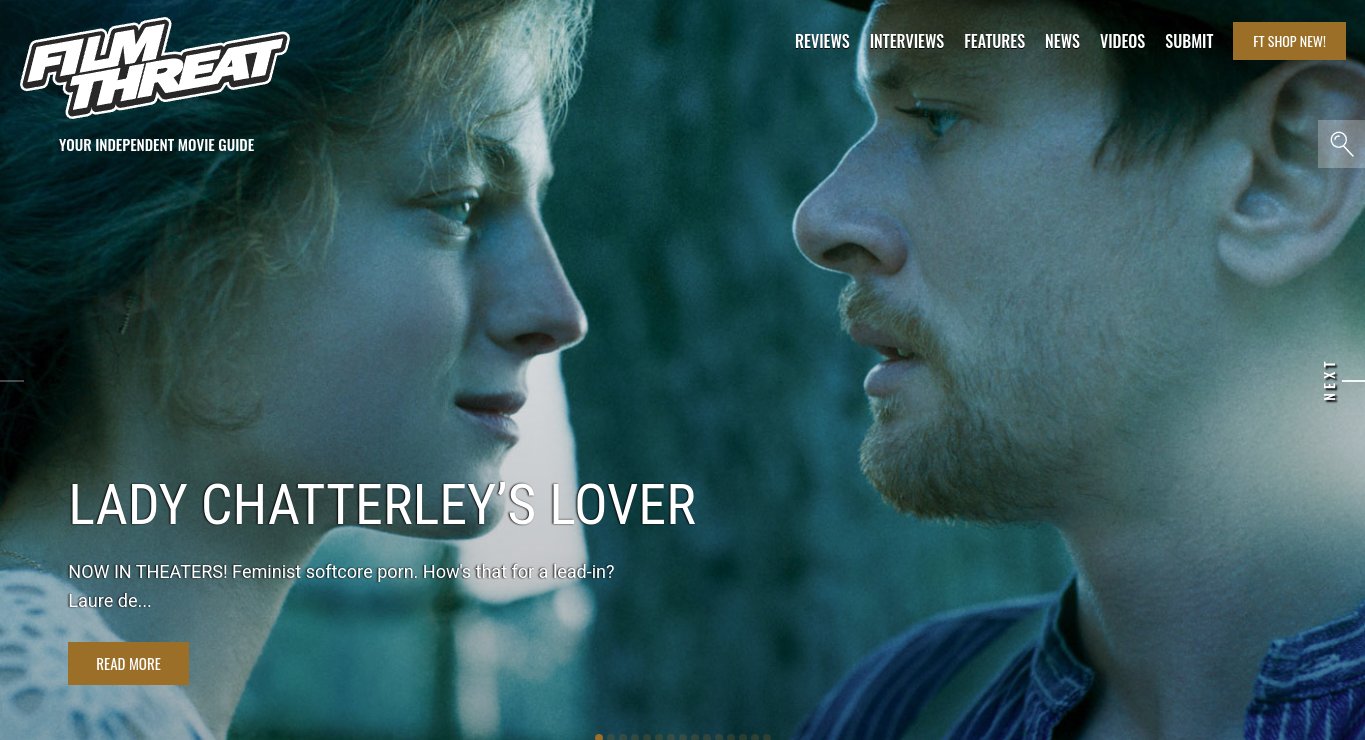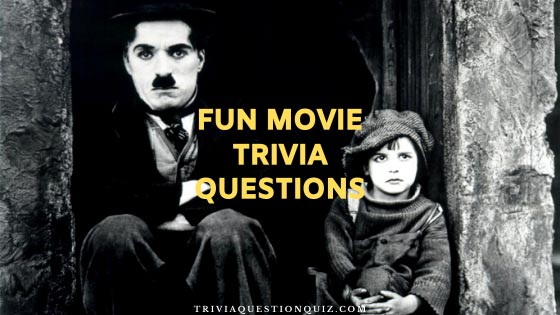If you are a fun movie over, you must be searching for fresh information on the fun movie in the trivia questions format. Funny movie trivia questions and answers are awesome repositories for the fan. The commercial, public exhibition of 10 of the Lumière brothers’ short films in Paris on December 28, 1895, can be regarded as the beginning of projected cinematographic motion pictures, even though the birth of film as an artistic medium is not firmly defined. The Skladanowsky brothers used their self-built Bioscop to show the first moving picture show to a paying audience on 1 November 1895 in Berlin. However, their earlier cinematographic efforts and screenings fell short due to a lack of quality, funding, endurance, or good fortune. This led to the cinématographe Lumière becoming a global success.
The establishment of film production firms and studios spread quickly around the world. The film became a mainstream form of entertainment within the first ten years after it became a novelty. The first motion pictures were monochrome, under a minute long, without music, and only one shot from a steady camera. Movie trivia questions for adults as well as for kids are interesting and entertaining. Here you are going to serve you 60 fantastic fun movie trivia questions!
Over time, conventions for a universal cinematic language emerged as editing, camera movements, and other cinematic techniques played particular roles in the storylines of movies. Since the late 1890s, special effects have been a common component of cinema thanks to Georges Méliès’ fantasy films. The experience of seeing a movie was made more magical by the fact that many effects were either unrealistic or impossible to accomplish in stage productions.
In 1906, the duration of a feature film reached 60 minutes. Since the end of the 1920s, synchronized sound recording, color, and 3D have all become commonplace (temporarily popular in the early 1950s and mainstream since the 2000s). Sound eliminated the need for title card breaks, altered the narrative options for directors, and became an essential component of filmmaking.
Film distribution and consumption have been impacted by popular new media such as television (mainstream since the 1950s), home video (mainstream since the 1980s), and the internet (mainstream since the 1990s). Filmmaking often responded by adapting the content to the new media as well as by introducing technological improvements (such as widescreen, which has been widely used since the 1950s, 3D, and 4D cinema), as well as by making more exciting movies to maintain the allure of theater screenings.
An increasing number of individuals were able to produce films of various quality levels, for any purpose, using less expensive and simpler systems (such as 8mm film, video, and smartphone cameras) (including home movies and video art). Technically, the movies were typically not as good as those produced by professionals, but digital video and inexpensive, high-quality cameras helped change that.
Fun Movie Trivia Question
023-Fun Movie Trivia Questions (60) Producer's Surplus

By the 16th century, performers frequently used camera obscura and other projection methods to create visions of spectral apparitions to improve their acts. This practice appears to have been carried on by the magic lantern performances that emerged in the second half of the 17th century, which featured representations of monsters, death, and other frightful characters. This technique evolved into phantasmagoria, a form of multi-media ghost display, around 1790. Solve multiple choice. Using mechanical slides, rear projection, portable projectors, superimposition, dissolves, live performers, smoke (on which projections may have been cast), scents, noises, and even electric shocks, these well-liked presentations captivated audiences.
While many of the original magic lantern performances were meant to terrify the audience, projectionist advancements allowed for imaginative and even instructional storytelling that could be enjoyed by a larger range of families. Stronger storylines were made possible by newly developed methods like the chromatrope and the use of dissolving perspectives, which allowed for smoother transitions between two projected pictures.
The Fantascope, also known as the stroboscopic disk or the phenakistiscope, was created in 1833 as a result of research conducted by Joseph Plateau, Michael Faraday, and Simon Stampfer on a stroboscopic illusion in spoked wheels. For a while, it was quite well-liked in numerous European nations. FInd moe MCQs. Plateau believed it might be improved for use in phantasmagoria, and Stampfer envisioned a system with strips on rollers for extended sceneries as well as a transparent version (probably intended for projection).
For decades, such experiments were primarily hampered by the need for long exposure times, with motion blur around moving objects while the reflected light fell on the photo-sensitive chemicals. Plateau, Charles Wheatstone, Antoine Claudet, and others attempted to combine the technique with the stereoscope (introduced in 1838) and photography (introduced in 1839) for a more complete illusion of reality. Before the invention of chronophotography, only a few persons were able to use stop motion techniques to produce passable results, and these were only very seldom sold.
The majority of the earliest picture sequences referred to as chronophotography were not initially meant to be viewed while moving and were frequently portrayed as a serious, sometimes even scientific, approach to investigating mobility. The scenes nearly often included people or animals executing a straightforward action in front of the camera. Photographer Eadweard Muybridge began producing hundreds of chronophotographic studies of animal and human motion in real-time in 1878 with the release of The Horse in Motion cabinet cards. Other chronophotographers like Étienne-Jules Marey, Georges Demen, Albert Londe, and Ottomar Anschütz quickly followed him. When Muybridge began giving lectures on animal locomotion in 1879, he projected animations of the contours of his recordings onto glass discs using his Zoopraxiscope.
 Other Recommended Trivia
Other Recommended Trivia
- 100 Super Bowl Trivia Questions to Evoke Surprise
- 100 Jaw-Dropping Soccer Trivia Questions for All
- 100 Dallas Cowboys Trivia for the True Fans
- 100 Harry Potter House Quiz for the Real Fans
- 200 Ocean Trivia Questions Everyone Asks
- 200 Weather Trivia Questions Every Expert Knows
- 100 Biology Trivia Questions None Should Miss
- 100 April Fools Trivia Every Intelligent Should Know
- 114 Valentine’s Day Trivia Everyone Should Solve
- 123 Cricket Quiz Questions and Answers for Fans
- 111 Cricket Trivia General Knowledge for All Time
- 120 NHL Quiz that Every Crazy Fan Should Solve
- 101 NHL Basic Trivia Questions for Hockey Fans
- 140 Golf Trivia Questions that Every Fan Should Know
- 55 Passover Trivia to Know All About Pesach
More Recommended Quizzes
- 50 History Quiz Questions and Answers
- 30 Evergreen Horror Movie Quiz Questions
- Coronavirus Quiz Trivia Facts by WHO CDC
- Random Trivia for Kids – Can You Score 80%?
- Best Trivia for Creative Kids with Answers
- Quiz Questions for Challenge Loving Kids
- Easy Trivia Questions for Talented Kids
- Evergreen Trivia Questions for Kids
- Kids Trivia Questions and Answers
- 100 Jeopardy Questions Competition for Kids
- 20 Evergreen Trivia Questions For Talented Teens
- Trivia Questions for Teens with Genius Minds
- Evergreen Movie Quote Trivia for the Crazy Fans
- 50 Horror Movie Trivia – Ultimate Quiz
- Thrilling and Amazing World History Trivia
- 100 Trivia English Synonym Quiz Test Examination
- 50 Evergreen Trivia Questions on History
- 200 Random Knowledge Quiz Questions
- 25 Kids Movie Trivia for the Genius Minds
- Space Quiz – How Much Do you Know about the Universe?
- 200 Random Trivia Facts for Knowledge Seeker
